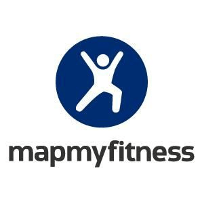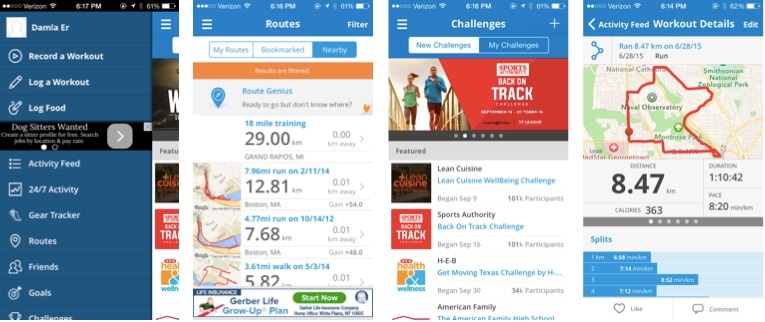Map My Money: How MapMyFitness Became a $150 Million Platform

How MapMyFitness mastered the art of direct and indirect network effects
This summer, I did an internship in Washington, DC. One of my regrets from my two years in DC pre-HBS was not taking enough advantage of the beautiful surroundings; so this summer, I made it a point to go running often in the parks, around the islands and by the water. Enter MapMyRun, the app that became a part of my daily life. After many runs, I learned that MapMyRun was part of a platform called MapMyFitness, which boasted 20 million users and was sold to sports apparel company Under Armour for $150 million only five years after the launch of its iPhone apps in 2008.
MapMyFitness is an open platform that integrates with fitness tracking devices and provides GPS-backed apps such as MapMyRun, MapMyRide and MapMyWalk. The apps come in two flavors, for example MapMyRun (free) and MapMyRun+ ($2.99). The free version of the app, which I was using, lets you view routes that runners in your vicinity have taken, tracks your runs and your nutrition, and lets you set goals and challenge friends. The plus version is free of ads. In addition, the app offers an “MVP Membership” which provides heart rate analysis, audio coaching, and other special features, for $29.99 per year.

MapMyFitness leveraged direct and indirect network effects in several ways to truly catapult itself into the winning category:
- Direct network effects: MapMyFitness harnessed these in two ways:
- Routes: The more people that used MapMyRun, the more options I had to view in terms of routes nearby, which was a direct value add for me;
- Challenges: The more my friends used MapMyRun, the more I could “Challenge” them (e.g., who can run further or faster) and the more motivated I felt to accomplish my goals.
- Indirect network effects: MapMyFitness took advantage of these in three ways:
- Ads: The more people that used MapMyRun, the more ads MapMyFitness attracted, and the higher the chances were that I would see an ad for a product that might relate to my choices;
- Challenges: The more people that used MapMyRun, the more corporations provided “Challenges,” such as CW’s “Fit in a Flash” that challenges you to run or walk 30 miles in 30 days and enter a lottery to win a $500 gift card;
- Complimentary Devices: The more users that used MapMyRun, the more devices integrated themselves with the app, for example the wearable fitness tracker company Jawbone or FitBit or the fitness program MyFitnessPal. These all made the MapMyRun app more valuable to the users.
With the power of these effects, MapMyFitness has grown to offer 160+ million running, cycling and walking routes globally. Under Armour recognized the trend among sports apparel companies to merge sports and technology (such as Nike) and moved to acquire MapMyFitness to build its digital platform. The logic is that MapMyFitness will motivate users to become more active and integrate them into the fitness community, and Under Armour will be the first brand on their mind as they increase their purchase of sports apparel as a result of this increased activity. The user data from MapMyFitness also allows Under Armour to tailor its marketing program and expansion plans. MapMyFitness co-founder Kevin Callahan emphasized: “Now, with being part of the Under Armour brand, they’re incorporating a lot of our data. We know when you work out and how you work out, and a company like Under Armour is really interested in understanding that to help them to sell apparel, help them to make you perform better, and help them to make you into a better athlete.”
For now, Under Armour maintains that its priority is apparel and not technology, despite following the MapMyFitness acquisition with that of MyFitnessPal for $475 million. It will be interesting to see whether the power of network effects lead Under Armour to intentionally or unintentionally “challenge” Apple in the digital world of fitness, and how that battle will pan out.


